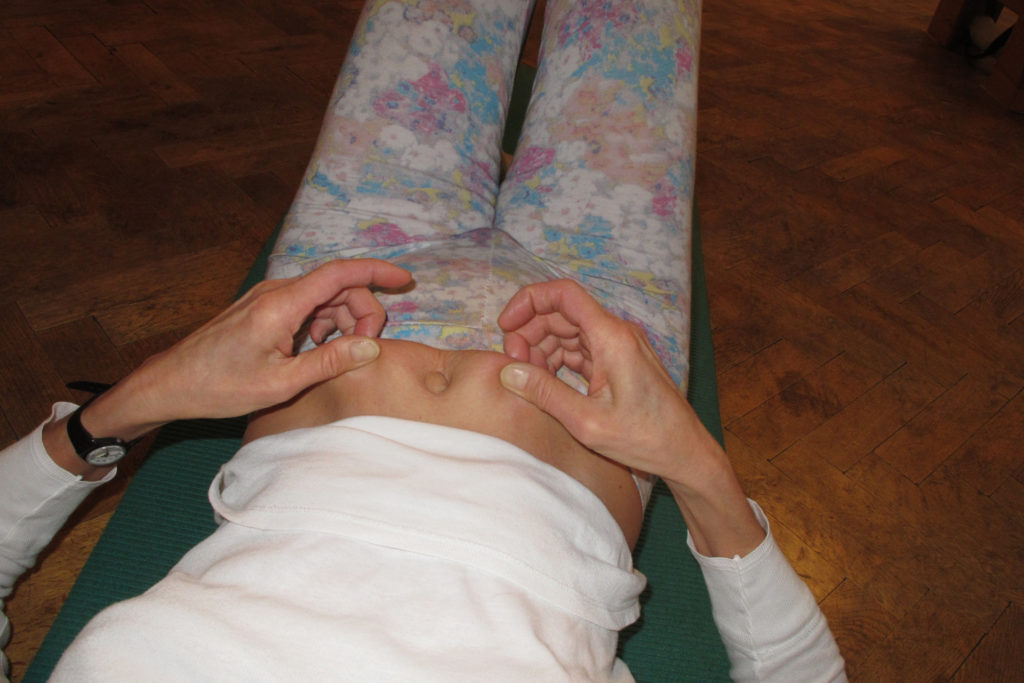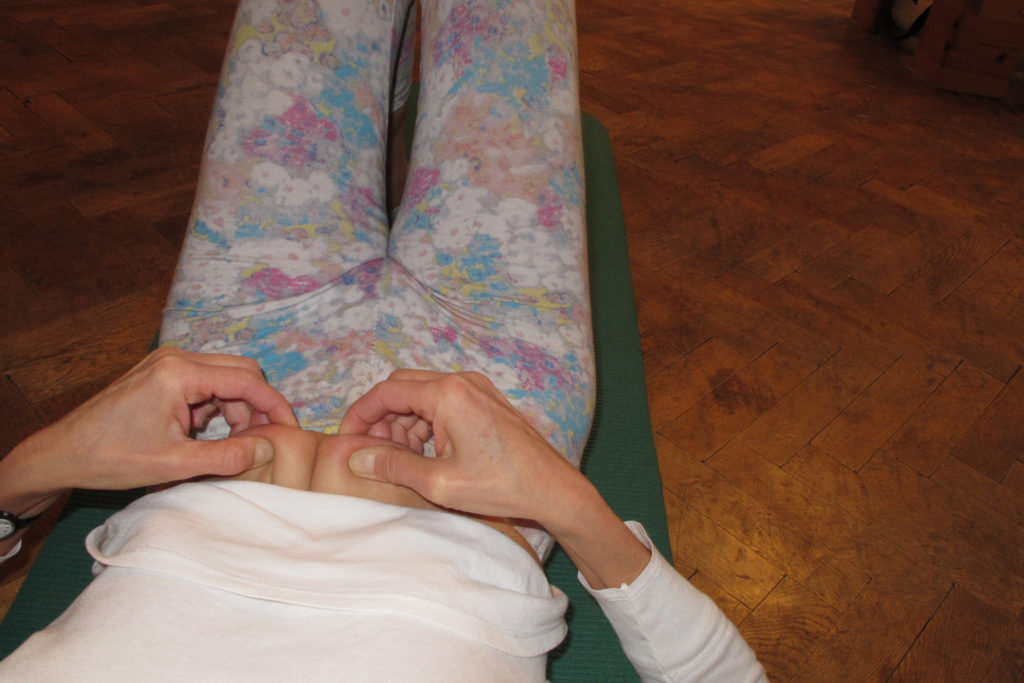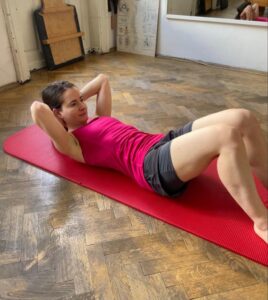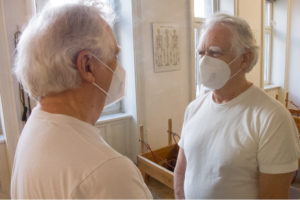Our power engine – the deep muscle synergy for lumbar-pelvic control and core stability.
Where do we get our power from?
Our deep muscle corset system is the basis of our power – our body’s own power engine. Our power engine is a deep muscle synergy that provides control in the lumbar-pelvic area (lumbopelvic control) and core stability.
For the professionals among us, the concept of lumbopelvic control and core stability defines the synergy between our Transversus Abdominis, the deep fibres of the Lumbar Multifidus, the pelvic floor muscles, the diaphragm and the weight-bearing muscles of the pelvis.
How do we activate our power engine – better known as powerhouse? And what are the pitfalls? We will have a close look at our powerhouse in the video below and find out. Just click now and enjoy!
What do we see in the video?
0:00 The concept of the power engine
3:56 How we activate our power engine
5:55 Incorrect ways to activate the power engine
7:15 How to get rid of incorrect activation patterns
7:48 Exercise variations
What does our power engine do in certain positions?
Core stability in different body positions
Our power engine provides core control and stability in our pelvic-lumbar region in prone, supine and seated positions. When sitting, our power engine stretches our spine and brings the body’s centre of gravity to the highest possible and therefore most efficient position. In the prone position, our power engine lengthens our body bi-directionally, reducing the weight in the upper body. In the supine position, our power engine also lengthens our body bidirectionally. In addition, the body’s centre of gravity is brought to the highest and thus most efficient position. So, our power engine opens the vertical position of our body.
Through our power engine – our powerhouse – we ground our pelvis downwards and lengthen our spine towards the sky. If we think of this in terms of a tree, our pelvis would be the root and our spine would be the branches.

Power engine versus Powerhouse
In my bodywork I use either the term power engine, coined by Moshe Feldenkrais, or the term DMCS (deep muscle corset system). Rarely do I use the term powerhouse, coined by Joseph Pilates. This is because I find that the term power engine is metaphorically more appropriate for the Bodyhood Pilates approach than the term powerhouse. Nevertheless, I find both terms synonymous. I think what M. Feldenkrais and J.H. Pilates meant is more or less the same, just based on two different approaches to bodywork.
But how, actually, do we activate our power engine, powerhouse, DMCS?
Powerhouse activation
We activate our power engine by using our pelvic floor muscles to initiate the retraction of the abdominal wall (the transversus abdominis). This creates a zip-like movement that starts from our pubic bone and extends to our sternum. When we activate our power engine in this way, the corset action happens without any movement in the spine.
For the professionals among us: Through this coherent action we engage our deep lower back muscles (the deep fibres of the multifidus), our heels, and the weight-bearing muscles of our pelvis and diaphragm. By the way, the role of the diaphragm is to contribute to intra-abdominal pressure (IAP), which prevents the displacement of the internal organs in the abdomen. The transversus abdominis can so increase the tension in the thoracolumbar fascia (transition from thoracic vertebrae to lumbar spine).

You can find a step by step guide with flowchart on how to activate your power engine in our blogpost How to activate your DMCS.
Get into it & fly with it!
Did you like our blog post? Then kindly support us and share it on social media sites like Facebook, Twitter, group forums, blogs and – all the retro way – personally among friends. We also highly appreciate your feedback on our exercises and posts.






